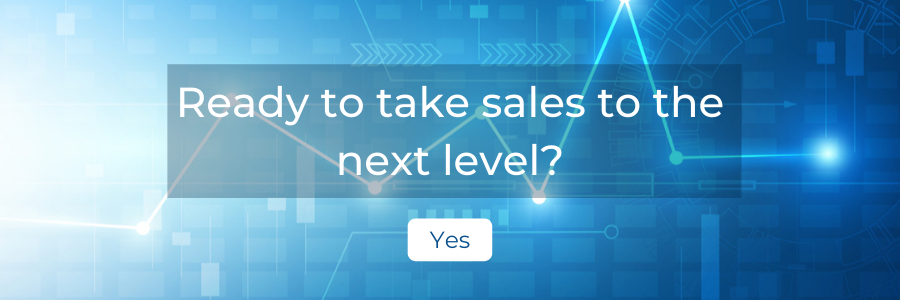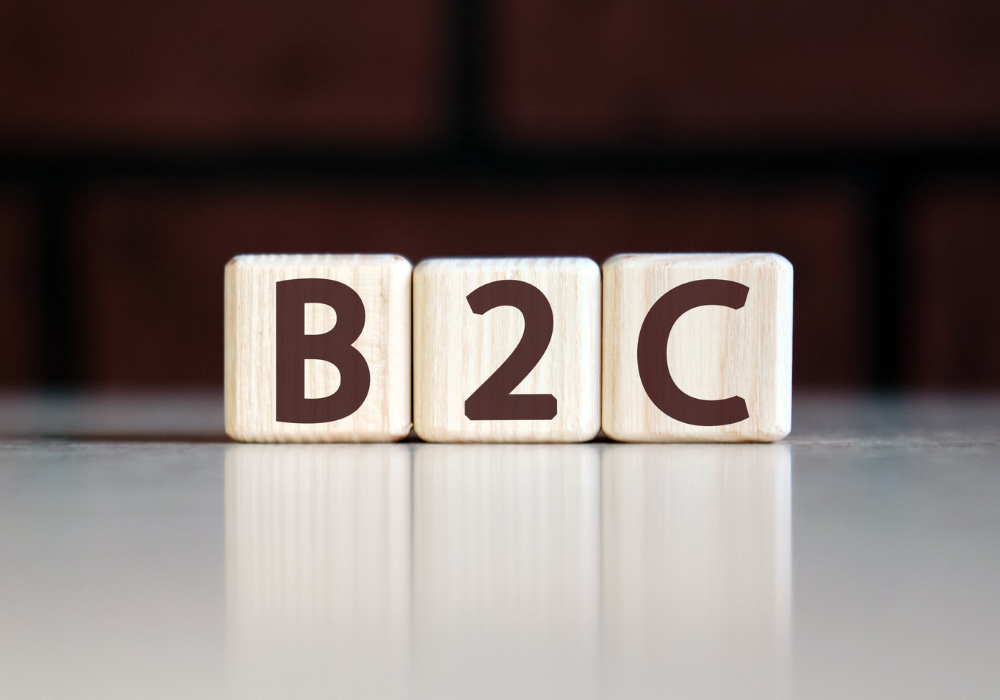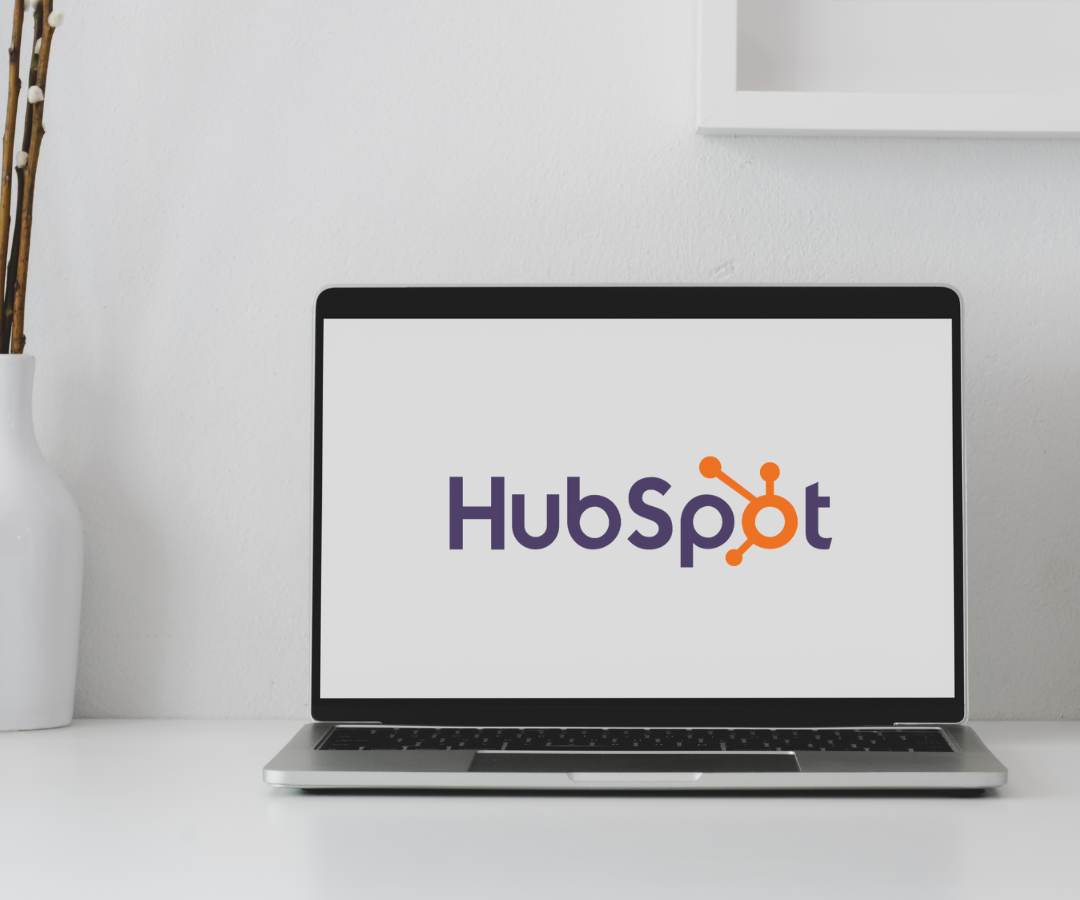Interested in making better decisions that will help your business grow? Sales forecasting can help you effectively plan, budget, and manage risks. It also helps you better manage your cash flow and facilitates efficient resource allocation to assist in growing your business.
With sales forecasting, you can predict future profits by looking at potential sales. It allows you to better manage your business by giving you an in-depth analysis of your margins. Using sales forecasting software as a part of your business' growth strategy can help your sales team achieve their quotas.
It did just that for 97% of companies that introduced forecasting processes, according to a study by the Aberdeen Group. The same study also found that accurate forecasts were 10% more likely to increase revenue year-on-year. It also doubled the likelihood of these companies being at the top of their sector.
Sound like a good place to be? If you're ready to make your business successful by giving your sales team a tool that will help them hit their targets, read on. You'll learn about sales forecasting methods and the best software you should use to help your business grow. If you're not yet using HubSpot Reports - check out our article on five you should absolutely be using.
What Is Sales Forecasting Software?
Sales forecasting software predicts sales revenues over a specific length of time. The software uses historical data and sales activity to make these predictions. It makes your sales forecasting process more accurate and scientific giving you access to standardised results.
The software generates these results based on data inputted. Having good data is the key to accurate sales forecasting. Bad data will leave you with inconsistent and incomplete results.
An up to date Customer Relationship Management (CRM) system with superior sales activity data will ensure your sales forecasting works effectively for you.
Sales Forecasting Methods
There are several sales forecasting methods. Regardless of which you choose, ensure that it works for your business and that your inputs are as accurate as possible.
Opportunity Stage Forecasting
This method of forecasting looks at the stage of each deal. Deals that are further along the sales pipeline are more likely to close.
This forecasting method multiplies each deal's potential value by the probability of it closing. The total of each will give you your overall forecast.
Length of Sales Cycle Forecasting
This type of forecasting looks at the age of each sales opportunity to help predict their likelihood of closing.
It only looks at the objective data and doesn't take into consideration the sales rep's perspective based on their interaction with the customer. So, the forecast will be conservative.
Intuitive Forecasting
Unlike Length of Sales Cycle Forecasting, this method looks at the sales rep's estimate of the likelihood of the deal closing. One of the issues of this method is that an overly optimistic rep might be too generous in their estimate – sometimes reps get “happy ears” and hear more positivity from prospects than is true to the situation. So take these types of forecast with a small amount of scepticism.
Historical Forecasting
Many businesses use this method that looks at data for the same period from the previous year. The aim is usually to match or increase these results.
However, this method doesn't account for seasonal changes or anomalies. After all, the pandemic will have made massive changes to sales results compared to the previous year, which wouldn’t have been picked up by historical forecasting methods. This method assumes that buyers will behave the same way in every situation.
Pipeline Forecasting
This method of forecasting looks at each of the opportunities in your pipeline and based on specific variables, calculates the chances of it closing. These variables can include the opportunity value and the rep's win rate.
This method can be time-consuming without a suitable program to handle the calculations. Imperfect data can also skew the results leading to a forecast that has no value.
Getting Your Sales Forecasting Process Started
Getting your sales forecasting process started is the first step towards additional sales growth for your business. Here's a guide that can assist:
- Implement a sales process
- Set team and individual quotas
- Invest in CRM
- Choose a forecasting method
- Keep your sales team up to date
- Hold them accountable
Choose a forecasting method that you're comfortable with, that you have the tools for, and that suits your business model. Invest in a CRM platform with automated functionality that makes reporting and reviewing easier for you and your sales team. HubSpot's CRM has been proven to provide this and more.
Benefits of HubSpot
HubSpot's free CRM platform allows businesses to generate detailed reports on sales activity including tracking quotas as well as individual performance. It's easy-to-use and facilitates the input of accurate and up-to-date data.
It provides the perfect foundation for complete and consistent sales forecasting. It starts with designing a good Sales Process within your HubSpot CRM. This would include understanding your buyer's journey.
For a more sophisticated sales organisation, HubSpot’s Sales Hub has greater ability to to customise reports, view and manage your pipeline, and analyse revenue streams to calculate potential revenue for the upcoming year.
It's a great tool to help you analyse your overall business performance. You can segment your data by region, product line, sales channel, or partnership for easier forecasting.
Sales Forecasting with HubSpot
HubSpot provides a variety of techniques and tools to help you manage your customer data, sales process, and sales team. They also provide a forecasting tool to help you determine the status of each of your prospects.
This standard forecasting property places these prospects into one of the three following categories based on their stage in the deal process. It provides a starting point for forecasting.
Commit - These are deals that are almost certain to close but it's the most conservative forecast of the three.
Best Case - These are the deals in the Commit category in addition to deals that, if everything goes well, will close too.
Pipeline - Provides a complete value of all the deals with close dates for a specific period.
You can use this tool as outlined above or customise it to suit your needs, by changing the categories to more familiar terms your sales team may use. It not only allows you to view exactly where each sale is, but it also allows you to see the deals for each team member.
You can input 'next steps' for deals and update them as changes occur. This provides a guide for each sales rep. You can also use it as a coaching tool to have one-on-one meetings in an effort to improve individual performance.
Reasons to Use HubSpot for Sales Forecasting
Sales forecasting can be a major contributor to your company's success. It can provide information to help with many business decisions including budgeting, goal setting, hiring, prospecting, and many other factors that can affect your revenue.
It can help you identify issues before they occur so that you can course-correct to avoid them. Here are a few other benefits of using HubSpot for your sales forecasting.
Planning - Sales forecasting can provide a very accurate picture of future events. It allows you to craft your sales plan based on forecasted sales and profits.
Budget Allocation - Depending on how your margins look, you can allocate your budget more effectively. You can spend or conserve where needed. You'll know how much to invest and the amount of stock or resources to purchase.
Sales Performance Assessment - Sales forecasting gives you an overview of the performance of your sales team, both individually and collectively. It'll give you an indication of team members with lower sales or who may not be able to make their quota. You'll be in a better position to support or assist them as needed and this can lead to increased sales.
Team Motivation - You can use quarterly sales forecasts to track your team's progress toward meeting their target. Doing this for each team member as well can help you to create a performance plan to keep them from falling behind. Using these with incentives can help to motivate your team.
Goal Setting - You can confidently set goals when you have a good idea of future sales. You'll be able to set attainable goals based on the statistical data from sales forecasts.
Forecasting Your Way to Success
The great thing about sales forecasting is that it doesn't require perfection. Despite it being different from your actual results, it's an extremely valuable tool to guide you toward achieving your sales goals.
However, any discrepancies between forecasted and actual results should be minimal. This is solely dependent on using clean data and the right sales forecasting software.
As a HubSpot Platinum partner, SpiderGroup can help to ensure your data is accurate and complete. We can also make your transition to becoming a HubSpot client as smooth as possible. Contact us today to start forecasting your way to success!








